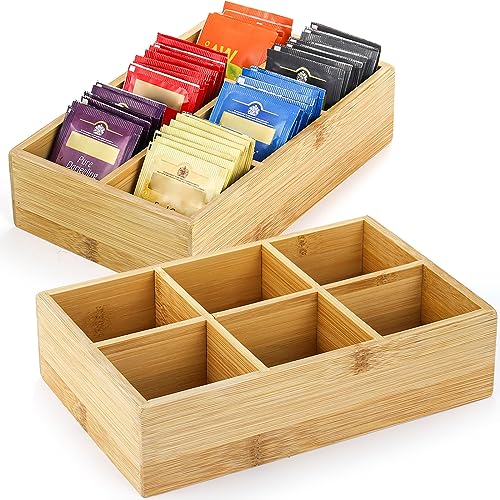Are Tea Chests Waterproof?
When it comes to storing valuable items, it’s important to consider their protection against various elements, including moisture and water damage. One common item used for storage is tea chests. These chests are typically made of wood and are known for their durability. However, whether or not they are waterproof is a question that is often asked. In this article, we will explore this query and provide a comprehensive answer.
The Construction of Tea Chests
Tea chests are traditionally made of wood, typically pine or birch. They are designed to be strong and sturdy, capable of withstanding the weight and pressure of the contents inside. The wood used in tea chests is often treated to resist insects and fungi, but this treatment does not necessarily mean that the chest is waterproof.
The joints and corners of tea chests are usually secured with nails or screws, which can leave small gaps or holes. These openings can allow moisture from the surrounding environment to seep into the chest, potentially causing damage to the stored items.
Water Resistance vs. Waterproofing
It is important to make a distinction between water resistance and waterproofing. Water-resistant materials can repel liquid to some degree, but they may not provide complete protection against water. On the other hand, waterproof materials are designed to keep water out entirely.
Tea chests are generally not marketed as waterproof items. This means that while they may have some level of water resistance due to their construction and treatments, they may not offer complete protection against water damage.
Protecting Tea Chests from Water Damage
If you plan to use a tea chest for storage, especially in an environment prone to moisture or water exposure, there are steps you can take to protect the contents inside.
1. Proper Wrapping: One option is to wrap the items you plan to store inside the tea chest in waterproof packaging, such as plastic bags or containers. This will provide an additional layer of protection against potential water damage.
2. Location: Consider the location where you will store the tea chest. Avoid areas that are prone to moisture or water accumulation, such as basements or attics. Instead, choose a dry and well-ventilated area.
3. Elevated Storage: Elevating the tea chest off the ground can help prevent water damage. Placing the chest on pallets or using moisture-resistant flooring materials can create a barrier between the chest and any potential water source.
4. Regular Inspection: Periodically inspect the tea chest for any signs of water damage. Look for mold, mildew, or warping. If any damage is detected, take immediate action to address the issue and prevent further damage to the stored items.
While tea chests may offer some level of water resistance, they are generally not considered waterproof. It is important to take precautions to protect the contents stored inside, especially in environments prone to moisture or water exposure. Wrapping items in waterproof packaging, choosing a suitable storage location, elevating the chest, and conducting regular inspections can help mitigate the risk of water damage. By taking these steps, you can ensure the safety and longevity of your stored items.






